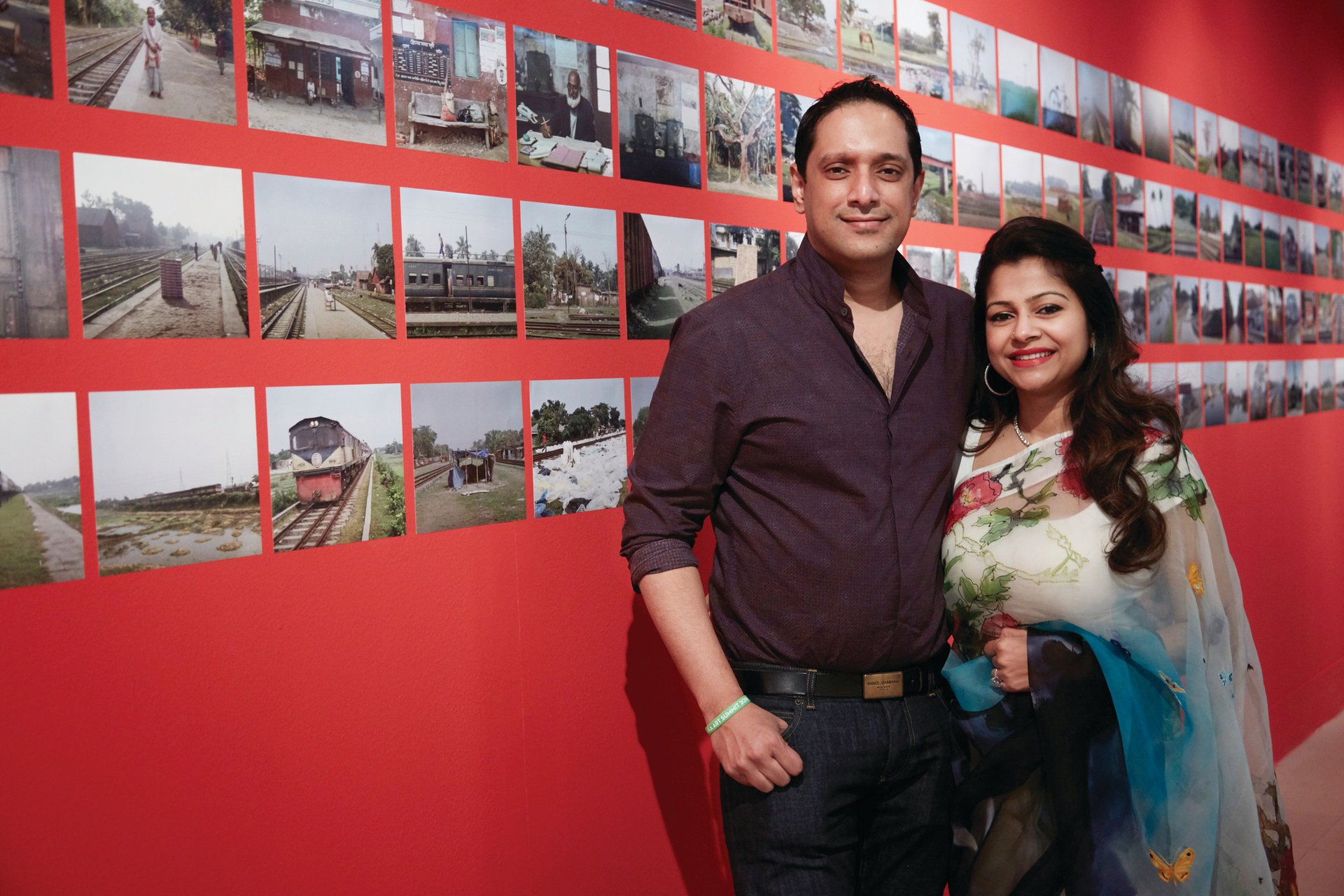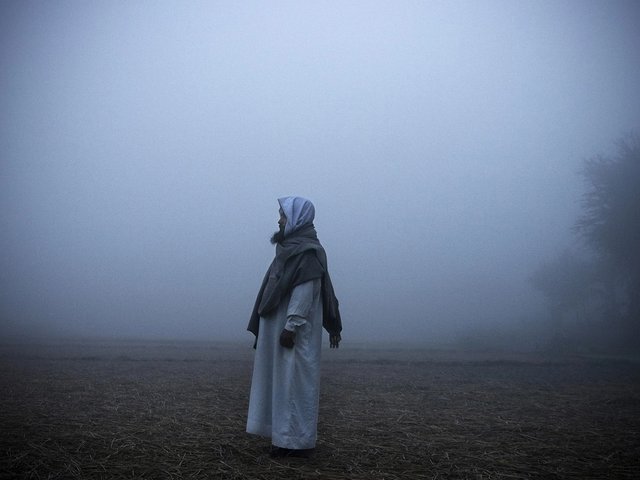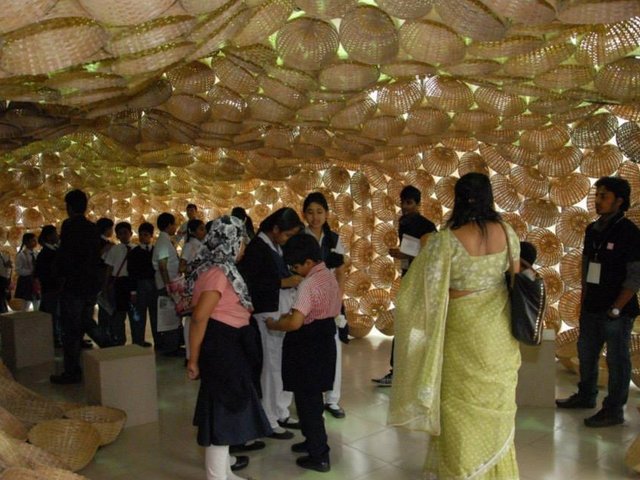The word “nascent” might have been coined for Dhaka’s art market. The capital of Bangladesh is on virtually no one’s radar as a place to buy art. Local collectors pay a hefty 120% tax on art imports, the handful of local galleries in the country have no international profile, and only a few Bangladeshi artists are known to the outside world. Only the Bengal Art Lounge, part of a non-profit foundation, exhibits outside the country, at the India Art Fair.
Even so, at the Dhaka Art Summit, which pulled in 138,000 visitors between 5 and 8 February, the attendees included no fewer than four Christie’s staffers, including the auction house’s international director of Asian art, Amin Jaffer. Also present were a number of art dealers with artists on show, among them Ursula Krinzinger, Adam Sheffer of Cheim & Read, Andrzej Przywara of Warsaw’s Foksal and Leila Heller.
The great and the good It was an opportunity for these specialists and dealers to catch up with the elite sampling of art world luminaries at the summit. The latter ranged from South Asian collectors Lekha Poddar and Kiran Nadar, who both have private museums in New Delhi, to Frances Morris of Tate Modern, Hans-Ulrich Obrist, Sheikha Hoor Al Qasimi of Sharjah, Beatrix Ruf, Adam Szymczyk and many more.

The summit was the third edition of the well-regarded event, the world’s only research and exhibition platform for South Asian art. It is almost wholly funded by the Samdani Art Foundation, set up by Nadia and Rajeeb Samdani, who are wealthy, local collectors and active in international institutions: Rajeeb is founding committee member of the Tate’s South Asian acquisition committee, and both he and Nadia sit on the Tate’s International Council.
The Dhaka Art Summit is avowedly non-commercial. The foundation’s artistic director Diana Campbell Betancourt stresses that even the eight commercial galleries on an upper floor of the Shilpakala Academy, where the summit is held, are given spaces for free, and are there to give greater exposure to their artists rather than sell, although it did look as if some works could, in the time-honoured phrase, “become available”. These galleries are often established and run by artists—for instance, Chitrak, owned by Mohammed Muniruzzaman, or Gallery 21, founded by Shameem Subrana.
The 2014 edition of the summit featured 30 local and international dealers on the summit floor, who were selling. Campbell Betancourt says a sales aspect could be confusing, and points out that “the fair in Delhi was initially called India Art Summit”. This time around only the eight local commercial galleries were allowed in, and they were not supposed to show any artist on view elsewh ere in the summit—and indeed there was only one overlap.
But while the event remains non-commercial, the greater picture is the Samdanis’ laudable desire to get their country’s artists better known, promote them on the international stage and perhaps help kick-start a more active market.
They are doing this through their international connections and through the Venice Biennale—last year, they sponsored the Bangladeshi artist Naeem Mohaiemen, who produces photography, film and essays. And it’s working: Nadia Samdani cites Mohaiemen, Rana Begum and Tayeba Begum Lipi as South Asian artists who now have international exposure. Certainly, the summit has been a significant springboard.
The Samdanis, who are building an art space to show their holdings, are not the only collectors in Bangladesh. Another is industrialist Abul Khair, who established the Bengal Foundation in the late 1980s. It commissions and collects Modern and contemporary art from Bangladesh and the near region, and has some 4,000 works already.
The foundation has also set up and is underwriting two commercial galleries: the Bengal Gallery of Fine Arts and Bengal Art Lounge. Their mandate is to expand the numbers of collectors and scope of acquisitions for art from Bangladesh. According to its deputy director Sadia Rahman: “The galleries are also working to sustainability plans that, given time and action, will lead them to self-sufficiency.”
Meanwhile, Jaffer and his colleagues are doing their bit. “We convened a group of collectors at Dhaka for a programme of visits over three days,” he says. “Christie’s has been involved in the Dhaka Art Summit from the first edition and it is gratifying to see the initiative grow and attract the international recognition it deserves.”



